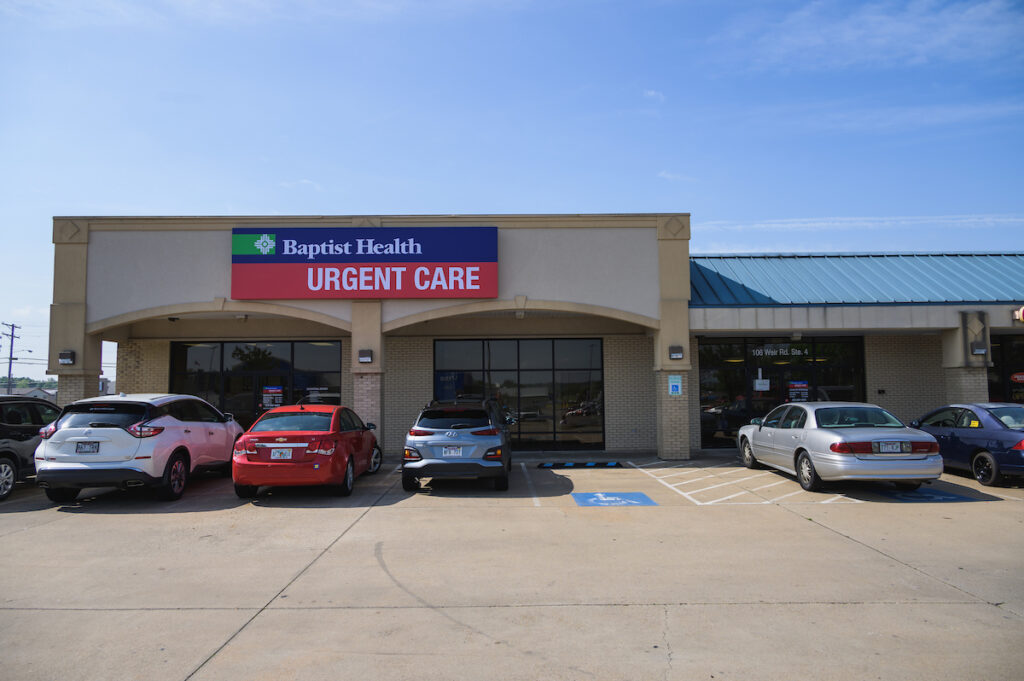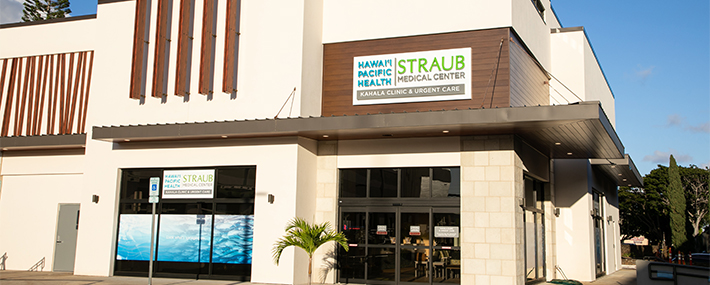What to Anticipate at a Leading Clinic Offering Urgent Care Services
What to Anticipate at a Leading Clinic Offering Urgent Care Services
Blog Article
The Relevance of Urgent Care Centers in Linking the Void Between Main Treatment and Emergency Services
Immediate treatment centers have actually arised as a crucial component of the health care landscape, properly addressing the important need for immediate clinical focus without turning to emergency services. By supplying treatment for non-life-threatening conditions, these facilities assist to alleviate the concern on emergency situation rooms and boost individual accessibility to prompt therapy. Their expanded hours and diverse services deal with an expanding populace looking for alternatives to traditional key care. The progressing role of immediate care facilities elevates vital inquiries regarding their integration within the wider health care system and the ramifications for client outcomes and source allowance.
Review of Urgent Care Centers
Immediate care facilities have actually come to be a necessary part of the medical care distribution system, giving obtainable medical solutions for non-life-threatening problems. These centers typically run outside typical workplace hours, offering clients an option to emergency rooms and main care setups. Patients looking for urgent treatment usually present with issues such as small injuries, infections, or diseases that need prompt attention but do not position an instant danger to life or limb.
Immediate treatment facilities are staffed by a series of medical care specialists, consisting of medical professionals, nurse experts, and doctor aides, that are furnished to identify and treat various medical problems. They frequently feature diagnostic tools such as X-ray equipments and laboratory services, allowing them to give detailed treatment on-site.
The establishment of urgent care facilities has been affected by the increasing need for prompt clinical services in a fast-paced culture, where patients may battle to protect visits with medical care providers. Therefore, these centers aim to ease congestion in emergency situation divisions, enhancing total medical care performance. Additionally, immediate treatment facilities commonly offer as a bridge between health care and emergency situation services, ensuring that individuals receive appropriate care tailored to their certain clinical needs.

Advantages of Urgent Care Provider
Accessing timely treatment is a substantial advantage of urgent treatment solutions. These centers give immediate focus for non-life-threatening conditions, successfully lowering wait times compared to traditional emergency situation divisions. People seeking take care of small injuries, health problems, or immediate health problems can acquire therapy without the lengthy hold-ups typically connected with hospital brows through.
An additional trick advantage is the extensive hours of procedure. Numerous urgent care facilities are open nights and weekends, fitting clients that might not be able to visit their primary treatment company throughout typical office hours. This adaptability makes urgent care an obtainable choice for those with busy schedules or unexpected wellness concerns.
In addition, urgent care facilities typically use a wide variety of solutions, including diagnostic screening, X-rays, and fundamental research laboratory services. This comprehensive method enables fast medical diagnosis and treatment, boosting individual contentment.
Furthermore, urgent treatment facilities are generally extra cost-efficient than emergency clinic, making them an eye-catching option for individuals without insurance policy or those with high-deductible plans. Generally, urgent care services play a critical function in providing accessible, prompt, and affordable healthcare.
Comparison With Health Care
Typically, people typically evaluate their options between urgent care facilities and primary care carriers when looking for clinical focus. Both offer vital functions in the healthcare system, yet they vary significantly in cost, scope, and accessibility.
Primary treatment providers are usually the very first factor of get in touch with for individuals, concentrating on lasting health monitoring, preventative care, and chronic illness management. They supply connection of care, cultivating a patient-provider connection that enables for detailed wellness assessments and tailored treatment plans. Nonetheless, scheduling a consultation can be lengthy, typically requiring days or weeks basics beforehand.
On the other hand, immediate treatment facilities offer immediate look after non-life-threatening problems that call for timely interest, such as small injuries or infections. These centers often operate beyond conventional workplace hours, suiting individuals who may not have the ability to see their main care service provider throughout regular service times. Additionally, urgent treatment is usually more cost-efficient than emergency space brows through, making it an attractive alternative for those with minimal healthcare gain access to.
Inevitably, while urgent treatment facilities and medical care companies both contribute to patient wellness, they satisfy distinctive needs, making it critical for clients to identify which alternative ideal aligns with their conditions.
Emergency Providers Communication
The communication between immediate care facilities and emergency solutions is an essential element of the health care landscape, particularly when individuals face situations that may escalate in severity. Urgent treatment centers offer as a bridge between health care and emergency situation divisions, addressing non-life-threatening conditions that need prompt attention. This collaboration enhances patient results and maximizes resource allocation within the healthcare system.
When people present with urgent yet not dangerous issues, immediate care facilities can successfully handle their requirements, relieving blockage in emergency rooms. Facilities furnished with analysis capabilities can facilitate timely references to emergency services when a person's problem goes beyond the extent of immediate care therapy. This smooth communication aids make certain that individuals get the suitable level of care without unneeded delays.
Moreover, efficient communication between urgent treatment companies and emergency situation solutions is critical. Sharing patient details and treatment backgrounds fosters coordinated treatment, decreasing the threat of redundant examinations and procedures. As health care proceeds to evolve, the dynamic partnership in between urgent treatment centers and emergency situation solutions will play a pivotal role in boosting patient care efficiency, complete satisfaction, and total wellness outcomes within the neighborhood.
Future of Urgent Treatment Facilities
As medical care demands develop, the future of urgent care centers is positioned to become progressively important to the general clinical community (Urgent Care). These facilities are most likely to broaden their roles by integrating innovative technologies, such as telemedicine, fabricated knowledge, and digital health and wellness document assimilation. This will certainly enhance individual access and simplify treatment control in more between urgent treatment, key care, and emergency situation services
In addition, urgent care centers are anticipated to expand their solution offerings to include precautionary treatment and chronic illness monitoring. This change will certainly position them as vital parts in managing populace health and wellness, lowering the problem on emergency situation departments, and dealing with spaces in main treatment accessibility.
The growing trend of value-based care will even more speed up the change of immediate care facilities, prompting them to concentrate on client end results and complete satisfaction. Facilities might also embrace collective practice designs, working carefully with experts and health care providers to make sure detailed individual management.
Verdict
To conclude, urgent treatment facilities serve an essential function in the medical care system by offering instant accessibility to treatment for non-life-threatening problems, efficiently alleviating stress on emergency situation services. Their discover this info here extended hours and varied variety of solutions enhance person ease and fulfillment, while also guaranteeing ideal care distribution. As medical care needs remain to evolve, the function of urgent care facilities will likely become increasingly considerable, more bridging the gap between medical care and emergency situation services.
The facility of immediate treatment centers has actually been affected by the boosting demand for prompt medical solutions in a busy culture, where individuals may struggle to secure visits with main care companies. Additionally, urgent treatment facilities commonly offer as a bridge between key treatment and emergency situation solutions, guaranteeing that people get proper care tailored to their specific clinical needs.
Numerous urgent treatment facilities are open nights and weekends, suiting clients who may not be able to see their main care service provider throughout conventional workplace hours (Urgent Care). As healthcare continues to develop, the dynamic connection between immediate care facilities and emergency situation solutions will play a critical role in improving client treatment efficiency, contentment, and overall health and wellness results within the community

Report this page